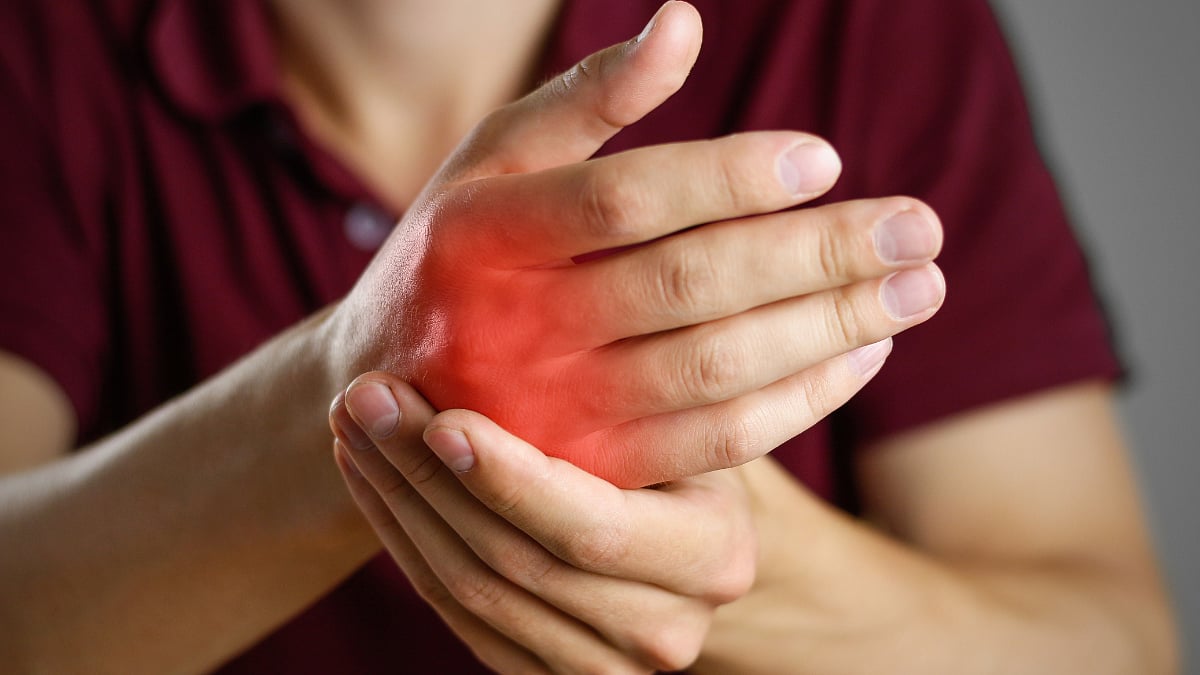Hair loss is a BIG BIG frustrating problem in men. Around 25% of men with hereditary male pattern baldness start losing some hair by the age of 21! By the age of around 35 year, almost 66% of men are expected to have hair loss, these percentages only get worse with age.
This is worsened by stress, lack of sleep, poor nutrients in the diet, and other lifestyle issues. Dr Lalitha Palle, Founder, and Director, MyPuraVida Wellness of ForMen says it is important to consult with a healthcare professional or a hair loss specialist to determine which treatment option is best for you.
“Continuous and regular usage of topical products for at least 6 to 9 months is necessary for significant hair growth,” she says and points out the most common causes of hair loss in men in their twenties and treatments.

Stress:
High levels of stress can cause hair loss, particularly in individuals who are genetically predisposed to hair loss.
Androgenetic Alopecia:
Male pattern baldness or androgenetic alopecia is the most common cause of hair loss in young men. It is a genetic condition that causes hair loss in a specific pattern, usually starting at the temples or crown of the head. Though there is no 100% cure for this, the process can surely be slowed down.
Nutritional deficiencies:
Poor nutrition or specific vitamin deficiencies, such as iron or vitamin D, can contribute to hair loss.
Hormonal changes:
Changes in hormone levels, such as fluctuations in testosterone or thyroid hormones, can lead to hair loss.
Medications:
Certain medications, such as chemotherapy drugs, can cause hair loss.
Scalp conditions:
Scalp conditions such as seborrheic dermatitis, psoriasis, or fungal infections can cause hair loss.
Hairstyling practices:
Tight hairstyles, such as braids or ponytails, and heat styling tools like flat irons and blow dryers can cause hair loss over time.
Treatment options available for hair loss in young men:

Topical medications:
Minoxidil is an over-the-counter medication that is applied to the scalp. It is believed to stimulate hair growth by increasing blood flow to the hair follicles. It is better to use a water-based product like the Aqueous 5% minoxidil from the brand ForMen.
Oral medications:
Finasteride (Propecia) is a prescription medication that is taken orally. It works by blocking the conversion of testosterone to dihydrotestosterone (DHT), which is a hormone that can contribute to hair loss.
Hair transplant surgery:
This involves taking hair from the back of the scalp (where hair is typically denser) and transplanting it to areas of thinning or baldness.
Low-level laser therapy:
This involves using a special device that emits low levels of laser light to stimulate hair growth.
Platelet-rich plasma (PRP) therapy:
This involves injecting a concentrated solution of the patient's own platelets into the scalp to stimulate hair growth.
Scalp micro pigmentation:
This is a cosmetic tattooing procedure that involves tattooing tiny dots onto the scalp to create the appearance of a closely-cropped haircut, which can make thinning hair less noticeable.











